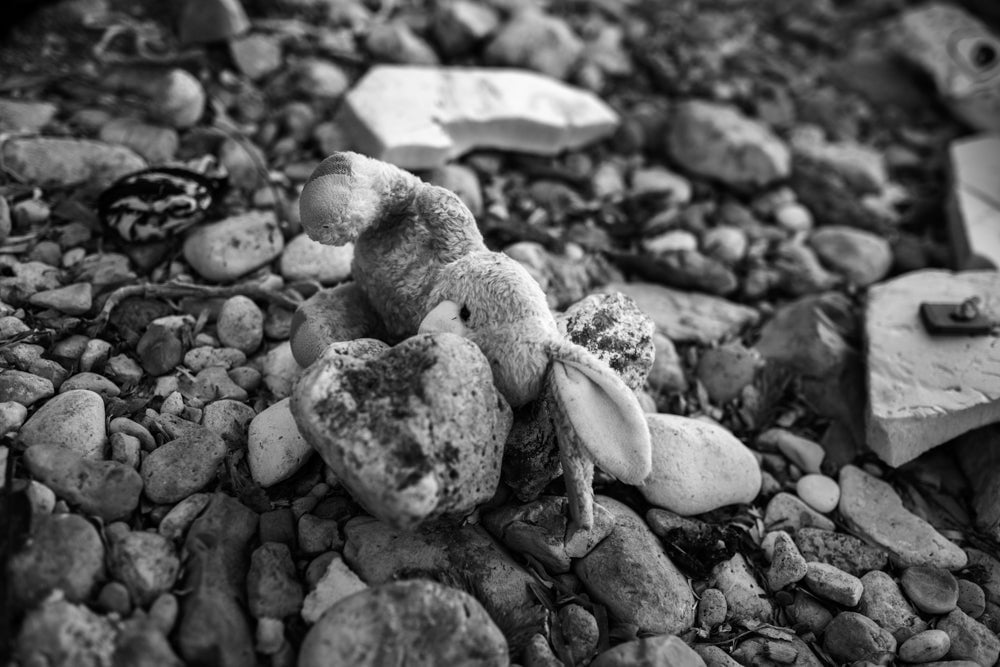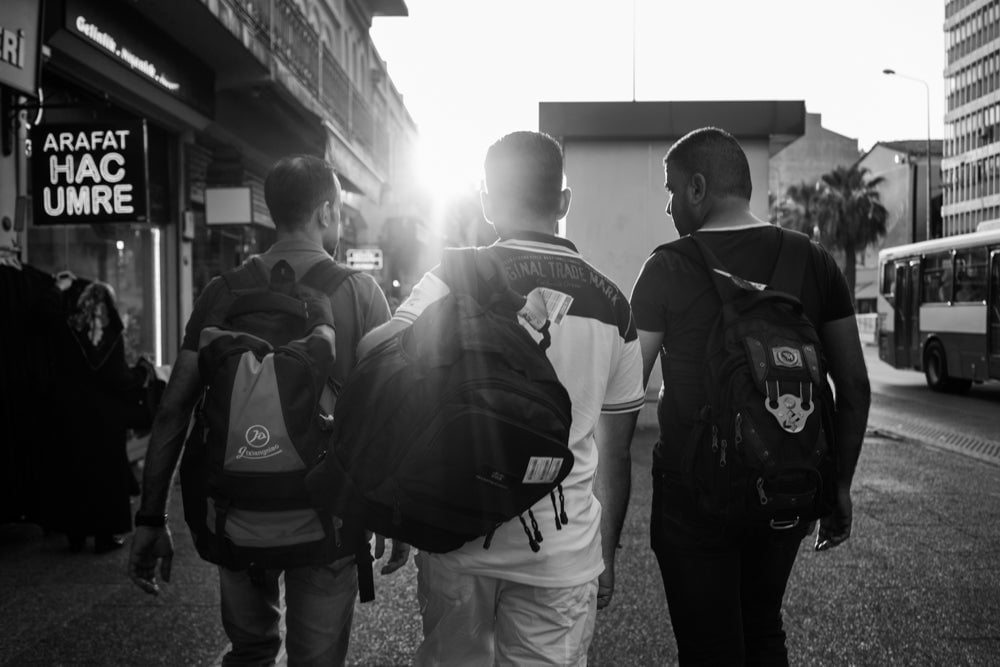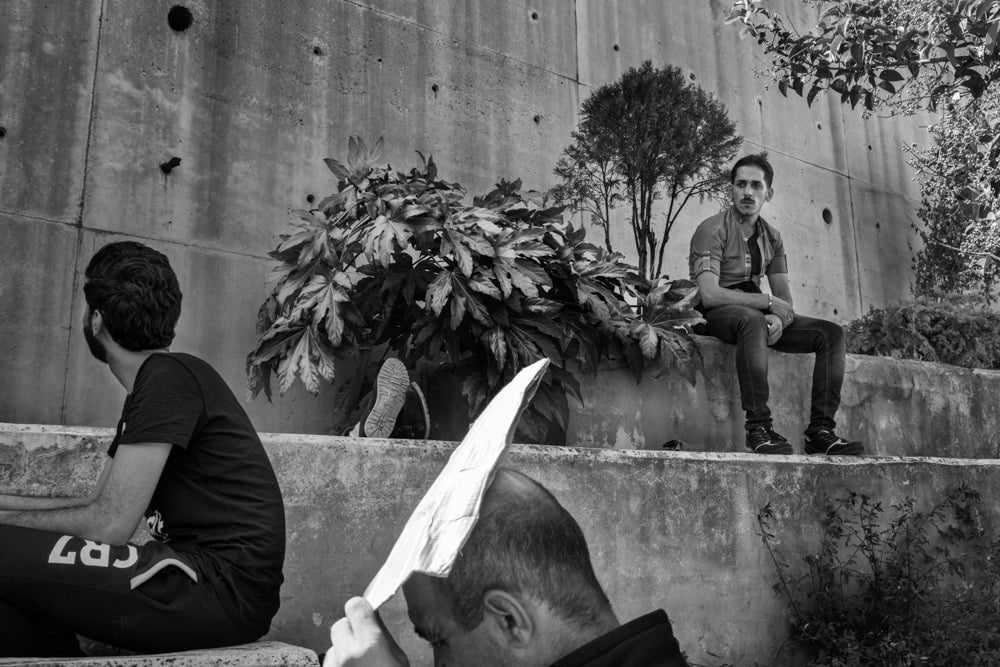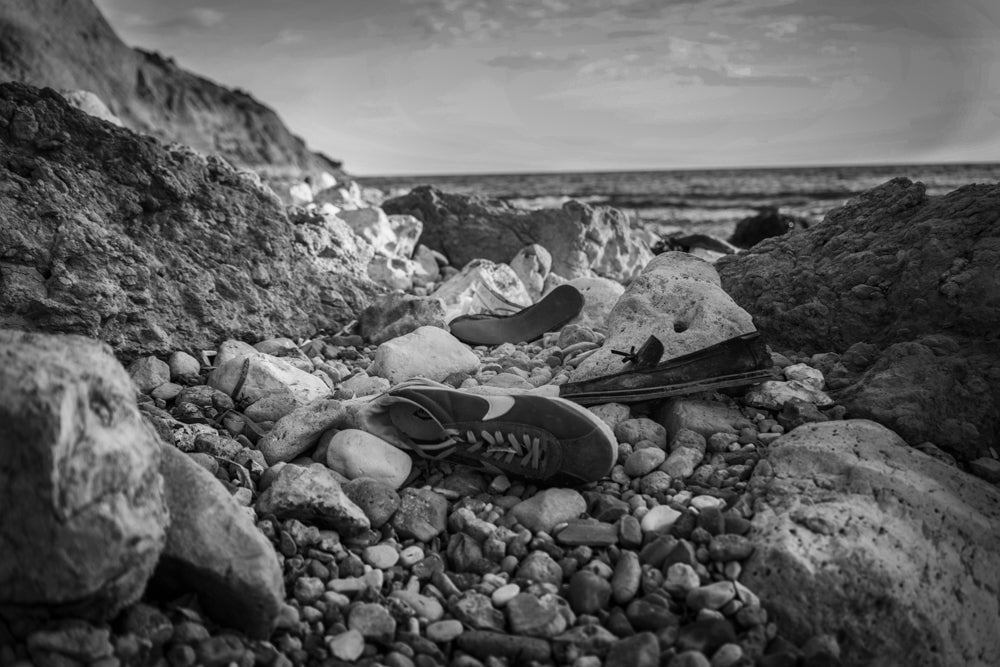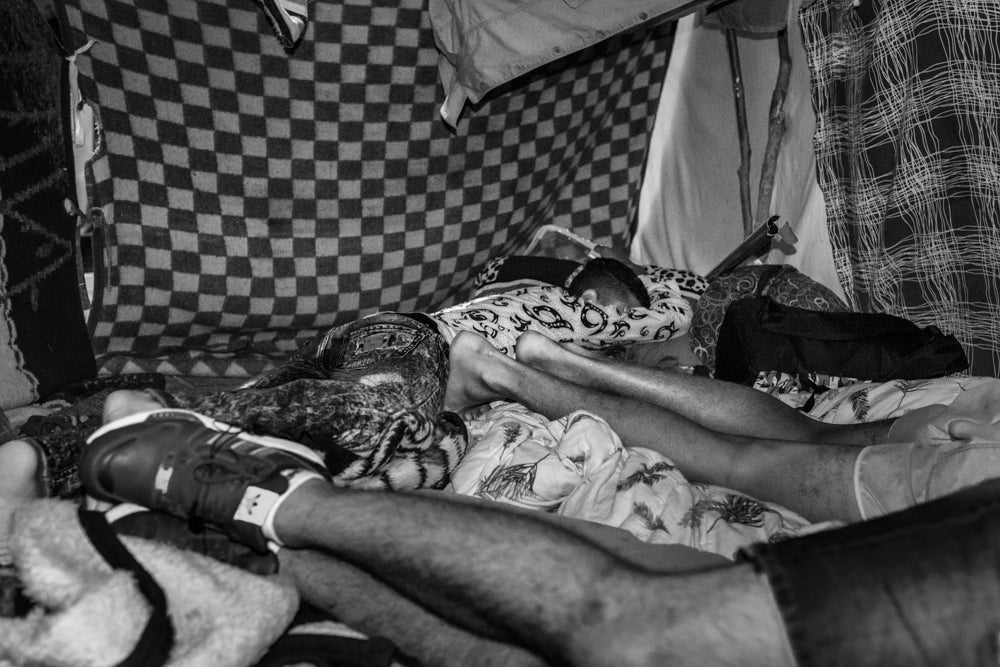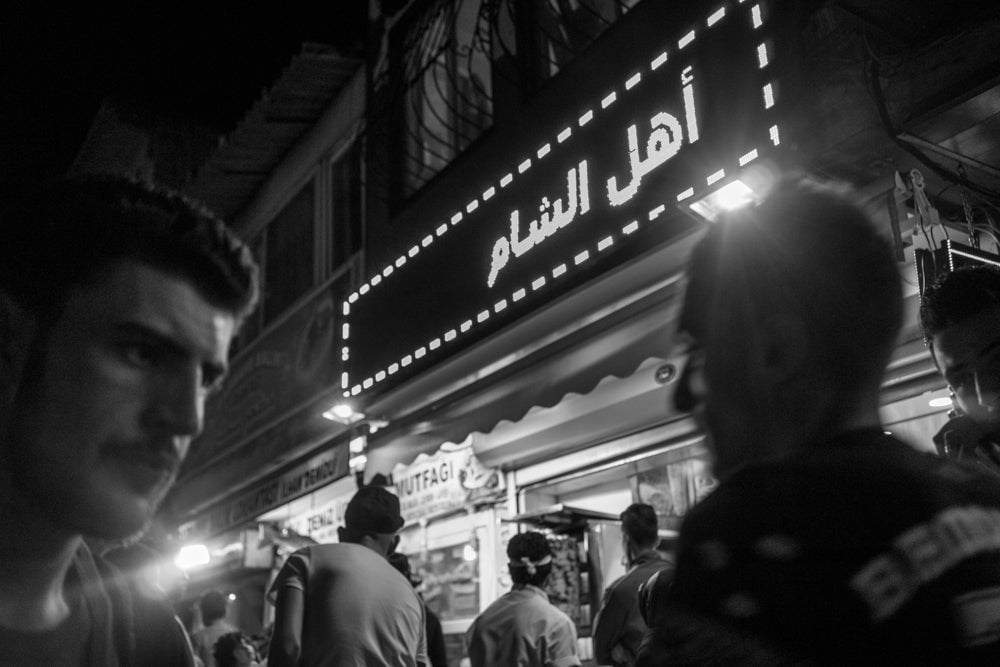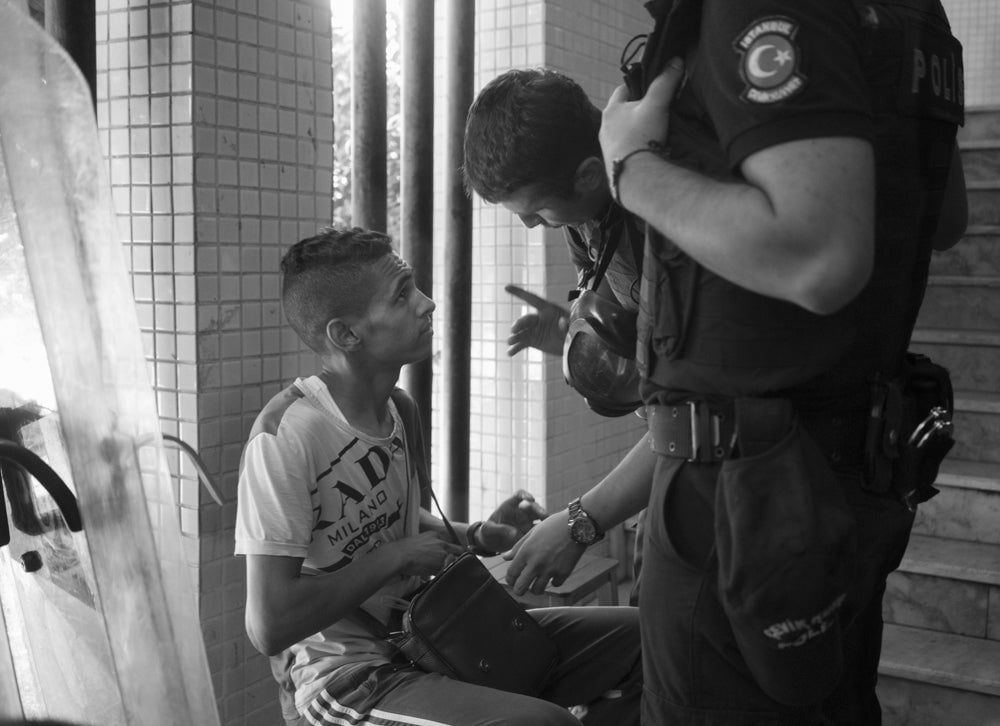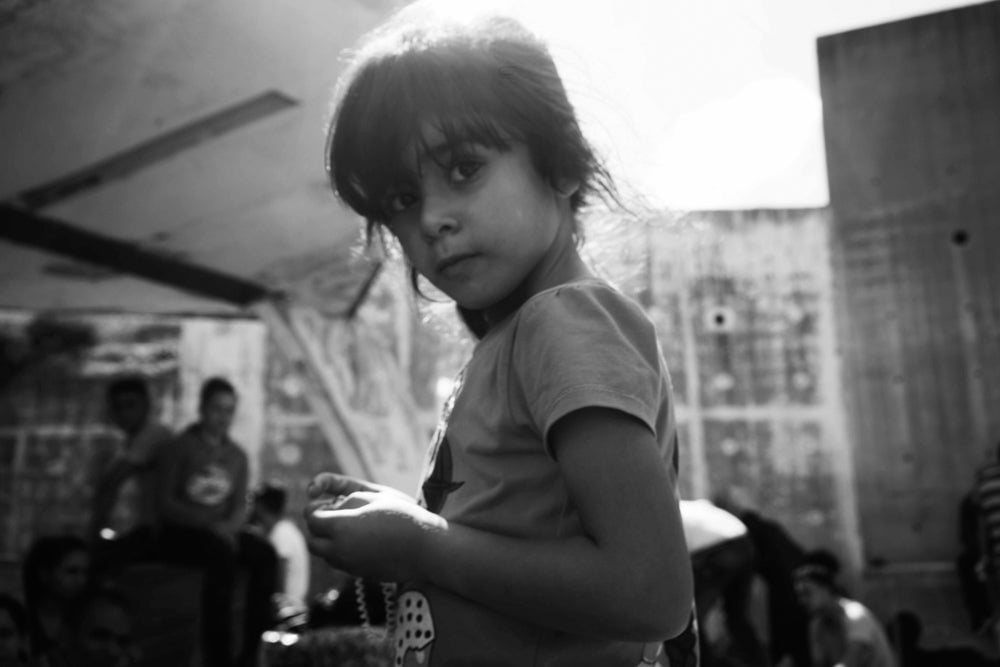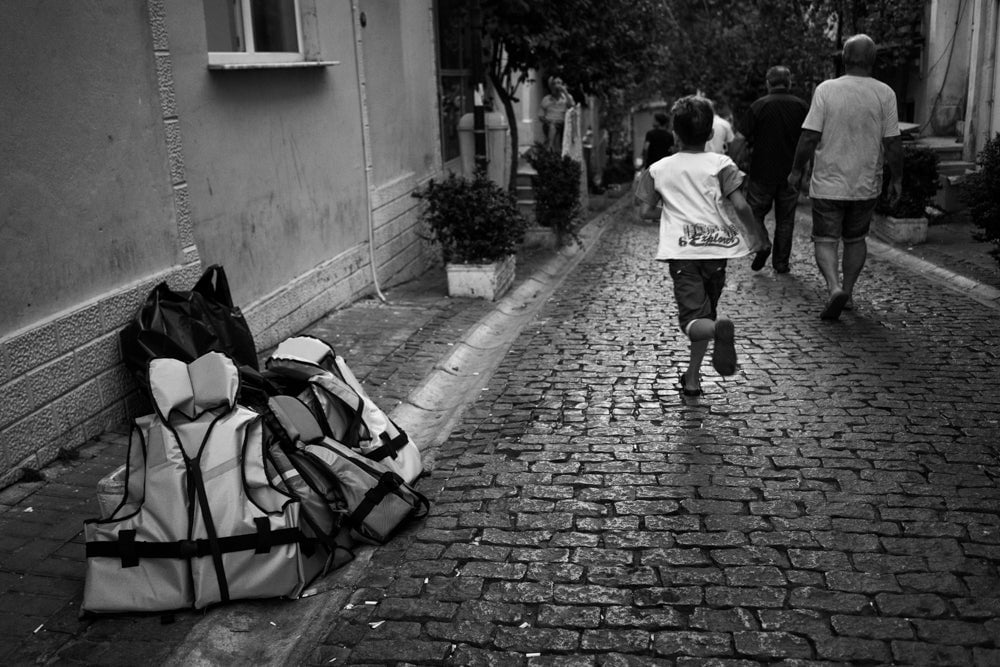Photos: Five years after the revolution, a young Syrian describes coming of age as a refugee
“For Syrians, life is a nightmare after what happened,” said Omar Jomaa, as he looked out onto ships crossing Istanbul’s Golden Horn. “We don’t have any good place left or any good way to live anymore.” The 19-year-old refugee escaped Damascus, Syria in late August 2015. When we met him in October, he was making arrangements to embark on the long and arduous journey to Germany.
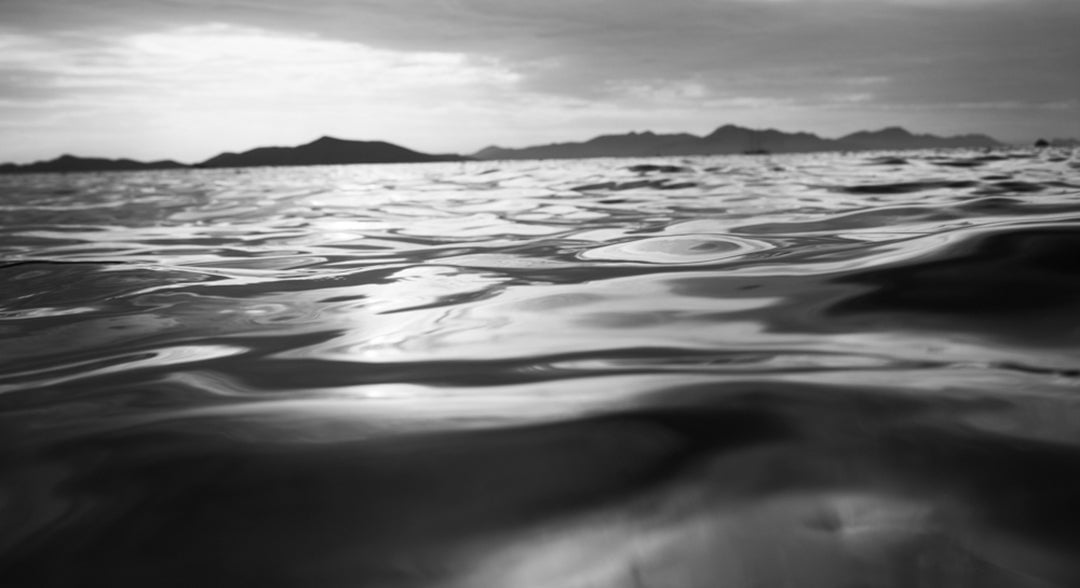

“For Syrians, life is a nightmare after what happened,” said Omar Jomaa, as he looked out onto ships crossing Istanbul’s Golden Horn. “We don’t have any good place left or any good way to live anymore.” The 19-year-old refugee escaped Damascus, Syria in late August 2015. When we met him in October, he was making arrangements to embark on the long and arduous journey to Germany.
He was wearing an Iron Maiden t-shirt. He carried a plastic bag with the signature bright orange life jackets that have become an icon of the refugee crisis in the eastern Mediterranean. “I’m risking my life,” Jomaa told Quartz, “but the risk I’m going to take on the boat is no way equal to the risk of me living anywhere in Syria. Living in Syria is terror itself. It’s more risky than going to the open sea.”
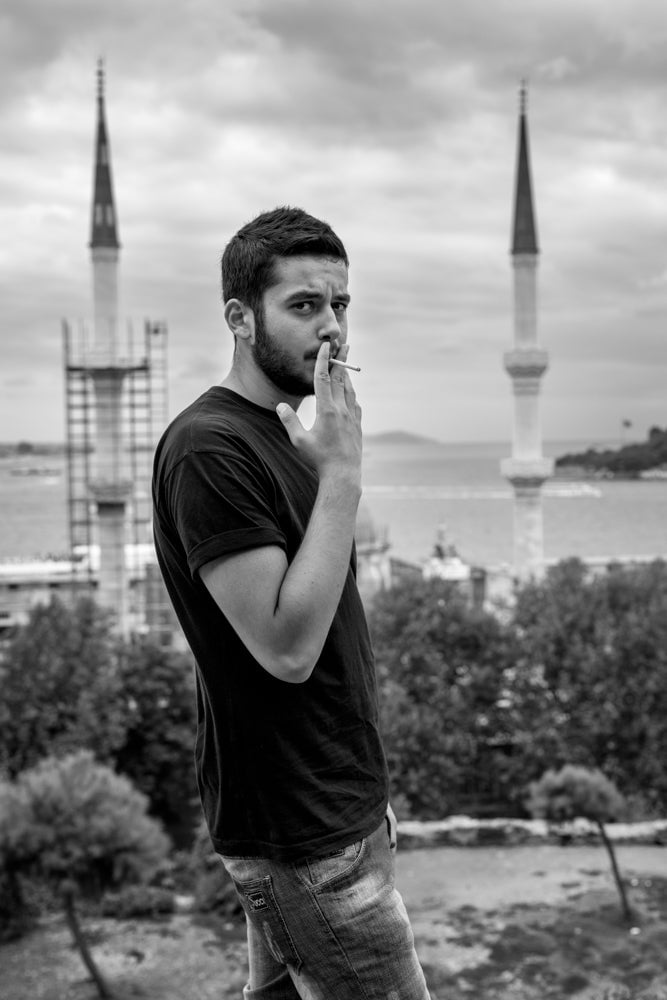
Jomaa’s story is just one within a mass civilian exodus from Syria, since its revolution began nearly five years ago, in March 2011. Sparked by pro-democracy protests against president Bashar al-Assad’s regime, conflict between activists and government forces led to a devastating splintering of Syrian society, and the growth of more than one hundred different warring rebel groups. Religious extremists, including ISIL and al-Qaeda affiliate Jabhat al-Nusra, have since established their own strongholds in the region.
Abdelrahman Zidan, 34
Abdelrahman Zidan, a Syrian anti-government activist we interviewed in the UK in Nov. 2015, says he left Syria to study abroad in the early 2000s, “because of the lack of the rule of law.” His name has been changed for his own security.
In 2011, however, inspired by pro-democracy protests, the 34-year-old returned to Damascus to work for a major human rights organization’s mission. But he says he discovered that government intelligence agents had infiltrated local staff, and he was arrested at the Damascus airport on his way to consult with senior NGO management about the issue.
What followed, he says, was a month-long torture session in which he was extensively interrogated about his human rights work, his colleagues, and his contacts. “Torture was escalatory,” claims Zidan.
“The first type was beating with a whip or car tire. Because I didn’t give them information and they did not know anything, they increased the pressure and started basically doing waterboarding. They would bring me to a square and pour water on my face while someone was holding me down until I fainted.”
He was eventually released on bail and left the country.
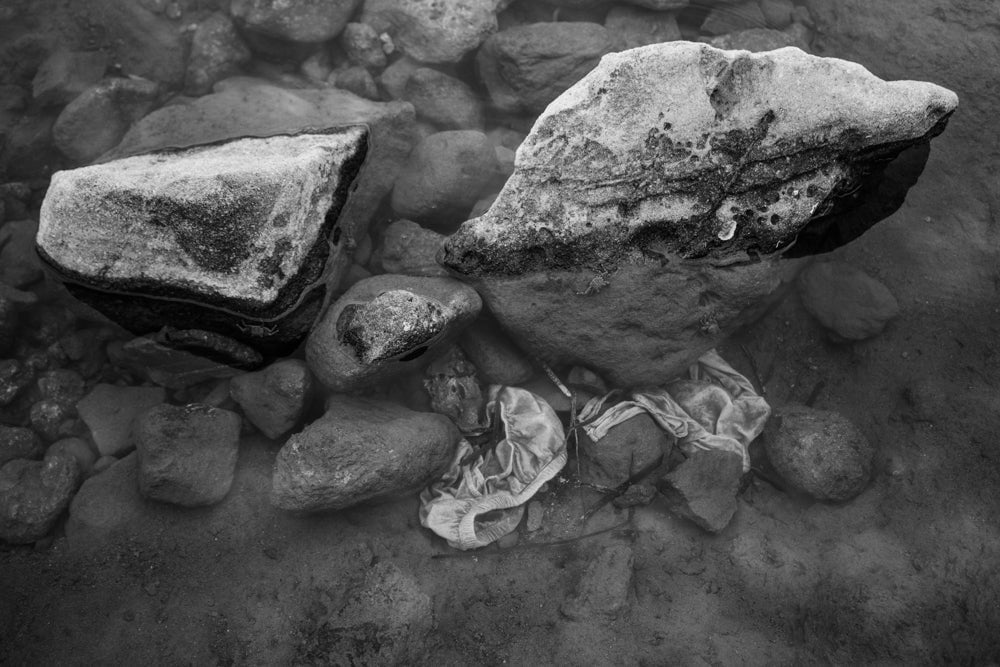
Khalil Sharaf, 45
While Zidan and other anti-regime activists described a targeted political violence, Khalil Sharaf, a 45-year-old Palestinian-Syrian refugee we met in Izmir, shed light on the massive devastation wrought in certain civilian areas of the capital. Sharif, like Jomaa, was making arrangements to be smuggled to Greece and eventually Northern Europe.
Sharif was born in Yarmouk, a Palestinian community that has grown to become a district of Damascus. “Yarmouk has been under siege for the past two years,” he told us. “Nothing can come in: food, medical supplies, nothing. The people there are forced to buy basic goods from nearby cities at inflated prizes. The NGOs that purport to be working for Yarmouk are not doing anything. There is no water, no electricity, and no medicine. Some people are still able to live there, around 5,000 people.”
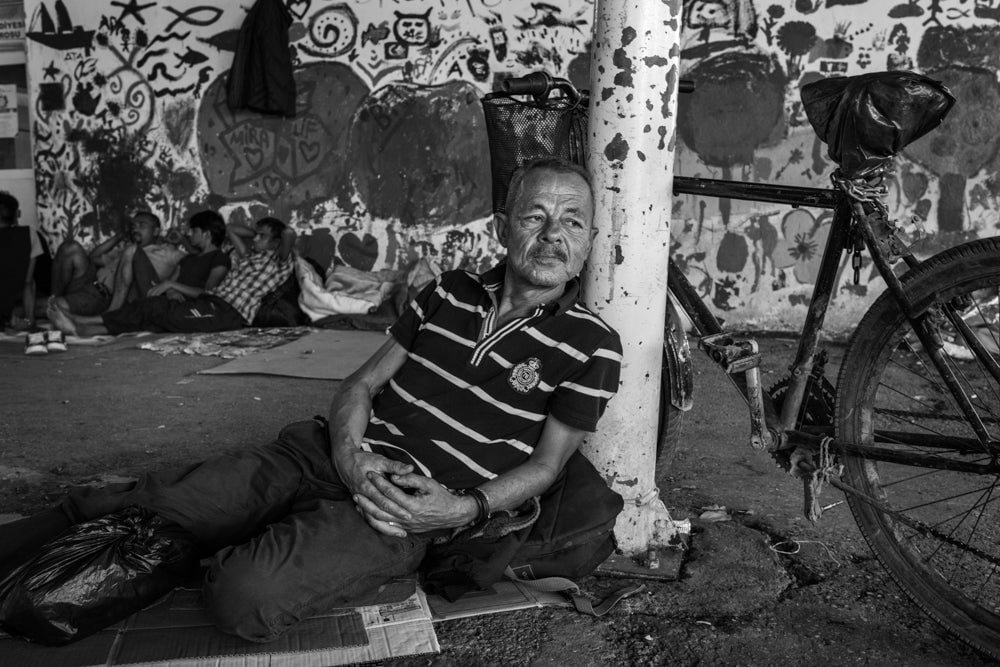
Omar Jomaa, 19
Jomaa paid smugglers a hefty sum to embark on precarious inflatable raft and cross the short distance separating Turkish shores from Greek islands. He reached Germany safely and is now living in Berlin waiting for a decision on his asylum application. But the waters that he crossed to get there have become synonymous with tragedy. The International Organization for Migration calculates that at least 806 people died attempting to make the treacherous crossing last year.
Last month, NATO announced it would send ships to patrol the Turkish-Greek maritime border for human traffickers. With this route to Europe blocked, the population of refugees stranded in Turkey is likely to grow.
According to the UNHCR, there are already between 1.5 and 2 million Syrian refugees living in Turkey—more than in all the EU combined. Most hold temporary “guest” status, and have few legal or economic opportunities to settle and rebuild their lives.
Jomaa initially considered settling in Istanbul, but soon realized it was unfeasible. “Ten different banks didn’t let me open a bank account, because I’m Syrian,” he recounted. He also found out that the only jobs accessible to Syrians, which he described as miserable, meant long hours and low pay. Despite excelling in school in Damascus, and dreaming about studying quantum physics, registering in a Turkish university was out of the question.
“Then I decided that I would travel to Germany illegally on the sea,” he said. “I can’t imagine myself being without university, without learning, without accomplishing what I want to do. Staying here just to work and earn barely enough to eat: I can’t do that.”
